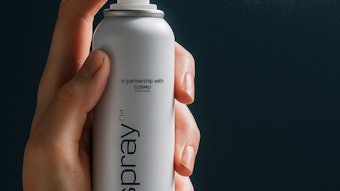The analysis of very complex matrices can often prove to be laborious, since more than one chromatographic step is required due to the complexity of the sample. The best approach is to fractionate the sample prior to gas chromatographic analysis. The simpler mixtures thus obtained, which may be homogeneous, are easier to resolve without problems of peak overlap.
Off-line methods (such as vacuum distillation, preparative gas chromatography, solvent extraction and classical column liquid chromatography) are laborious, very slow and liable to sample contamination and/or loss at the fraction collection stage. In comparison with off-line methods, on-line liquid chromatography-gas chromatography (LC-GC) offers some advantages: the amount of sample required is less, no sample work-up is needed, and very complex sample pre-treatment is possible in a fully automated way. In on-line HPLC-HRGC, the sample is first separated by HPLC (high performance liquid chromatography) using a single column or a combination of columns to isolate the components of interest and then to directly transfer them to a capillary column where a further separation is carried out using the high efficiency and sensitivity of HRGC (high resolution gas chromatography).
The two principal techniques of eluent evaporation which allow transfer of large LC fractions into GC are: concurrent eluent evaporation and the retention gap.










